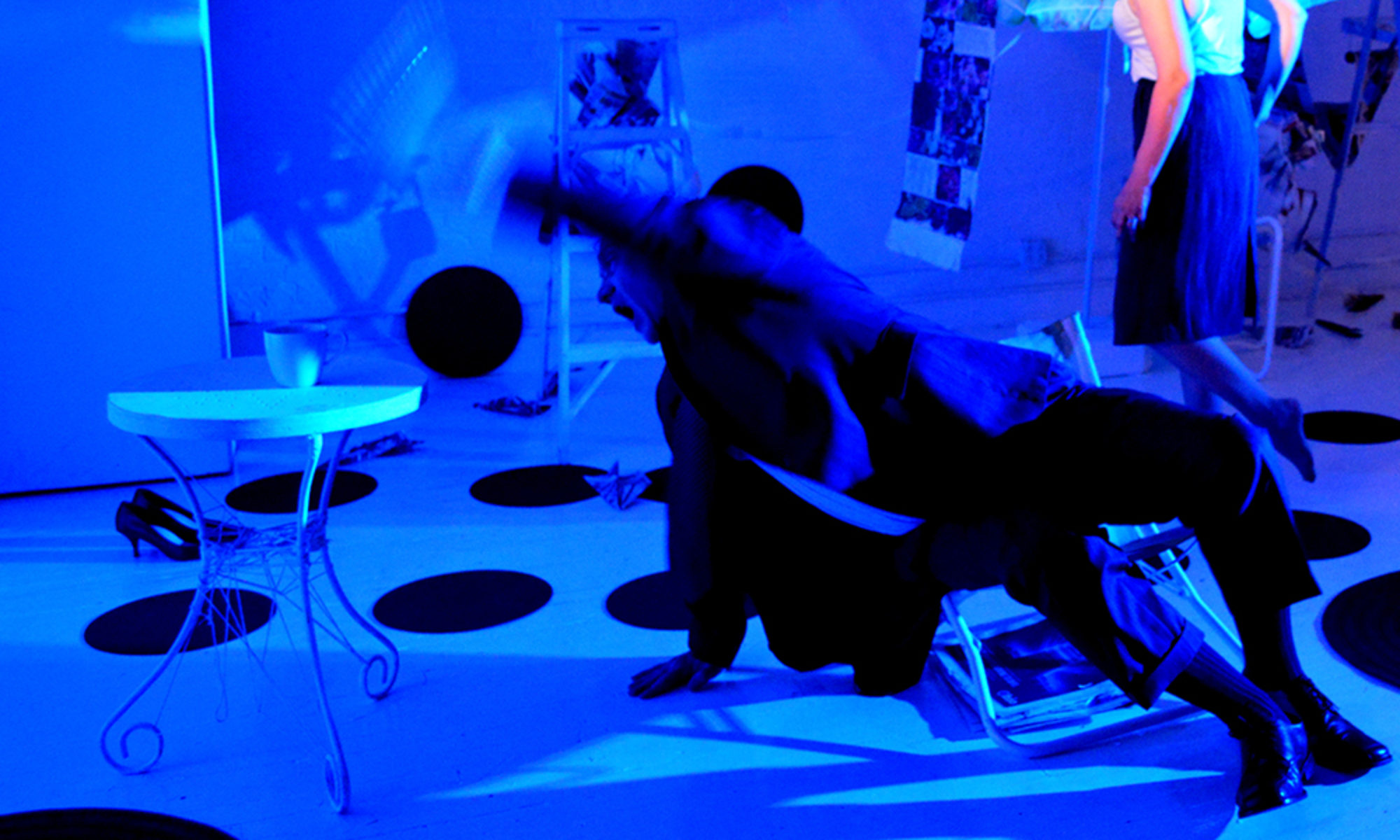There’s a transformation happening in the world of work.
Most older companies are run on a hierarchical structure. Within that structure they tend to rely on keeping their people in formal roles, and in limiting mobility between roles (promotion to the next level on success, demotion or firing on non-success). Staff must often get the approval from upper hierarchy to make decisions. The thinking is that only executives have the interests of the organization in mind, and that their review of decisions prevents the lower levels from breaking the organization.
Most startups are run flatter, without strictly formalized roles. Decisions are often the result of peer review or even are allowed unilaterally. New projects form, are marketed, integrated, absorbed, in a flurry of massive creativity. Startups then will either (after some time – months or years) succeed enough to discover and build a working business, and gain funding from customers and/or from investment or acquisition, or they die.
Once they move past being a startup, they tend to turn into the other kind of organization – with formal roles, with formal planning and management by the “traditional” hierarchical structure.
Most A workers – the creative people that make new products and process ideas – prefer the flatter organization as it prevents the organization from stifling their new ideas and creativity. Most B and C workers prefer the hierarchy as it absolves them of responsibility.
What’s the result? Startups get the creative gold and the A players. Older organizations stratify and die.
It doesn’t have to be this way.

